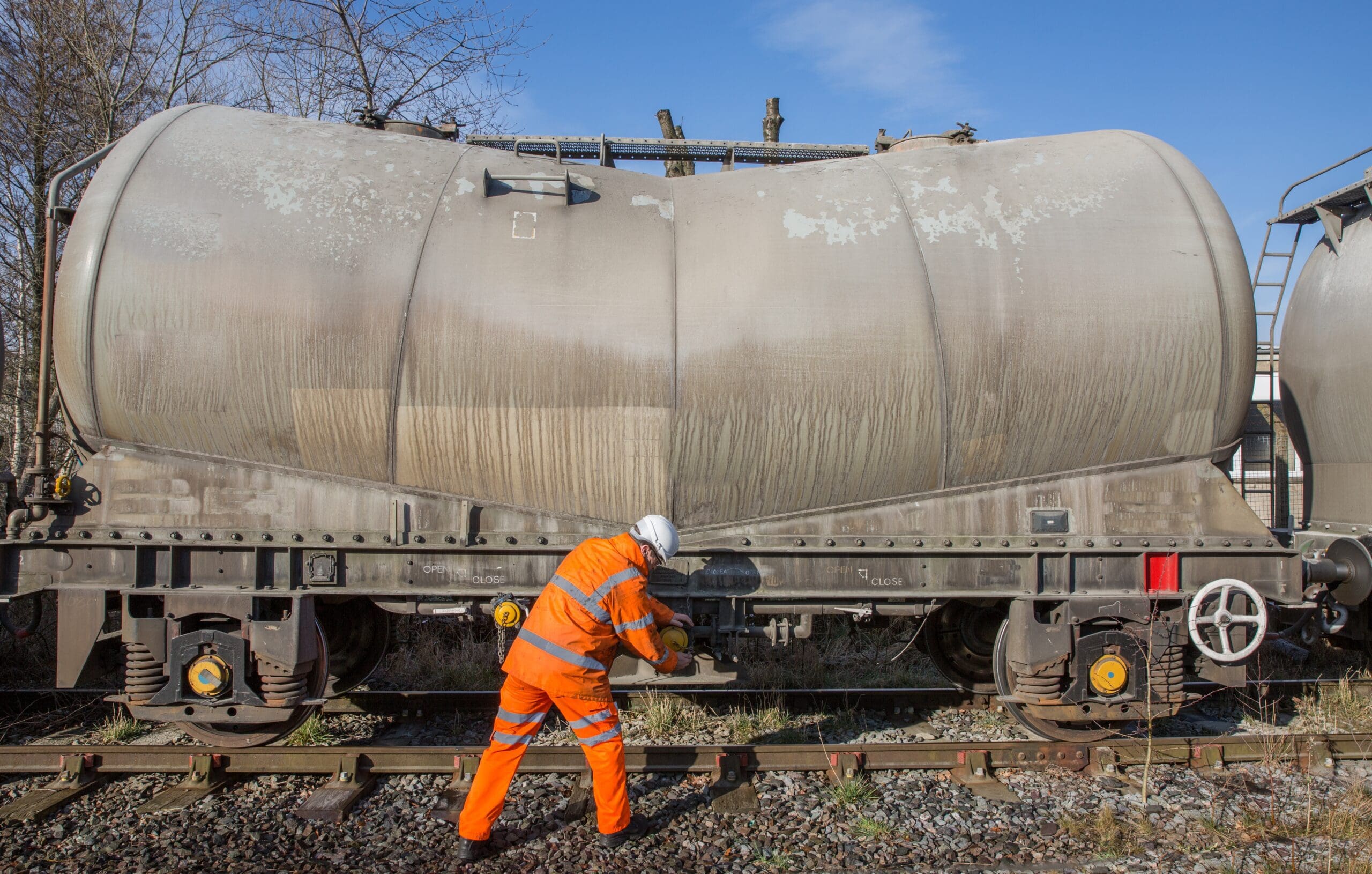Pulmonary Fibrosis Caused by Railroad - How to Get a Settlement
A lawsuit will not relieve your suffering or pain and will not bring back a loved one. However, the Federal Employers Liability Act may be able to hold railroads accountable. Railroads who were aware of asbestos lung cancer, mesothelioma and the risk of pulmonary fibrosis but did nothing to address them could be held accountable.
A successful FELA claim requires a precise diagnosis and detailed work history. mds caused by railroad how to get a settlement can help with these issues.
What is Pulmonary Fybrosis?
The lung disease pulmonary fibrosis creates scar tissue in the lungs. This scar tissue can make it difficult to breathe because it affects the connective tissues between the tiny air sacs inside the lung (alveoli). It also hinders the flow of oxygen from the alveoli to the bloodstream when you breathe. The deficiency of oxygen with stiff, hardened scar tissue may cause symptoms such as breathlessness or shortness of breathing especially during exercise or work.
Symptoms can come and go depending on the individual. People with pulmonary fibrosis have mild symptoms, which gradually get worse over time. Others experience more severe symptoms that become worse rapidly.
It can also make your immune system weaker and make you more vulnerable to infection. This is why it's vital to eat a healthy diet take regular exercise, and be up-to-date with your vaccines.
There is no cure for pulmonary fibrosis, but some treatments may improve your health and reduce the progression of the disease. mds caused by railroad how to get a settlement include pirfenidone Esbriet, and nintedanib, Ofev. These medications can reduce the damage to the lung. Other options for treatment include lung transplant surgery, pulmonary rehabilitation and supplemental oxygen. Doran and Murphy PLLC represents railroad workers who have developed pulmonary fibrosis from exposure to fumes and dust in the workplace, such as asbestos, silica, and metal dust, and fumes resulting from cutting and welding steel rail.
What is the cause of pulmonary fibrosis?
The lung is affected by scarring known as pulmonary fibrisis. It causes damage to lung tissue which reduces the amount of oxygen that is delivered to the bloodstream after breathing.
The condition can develop over time and the symptoms worsen as the scarring gets more serious. While it isn't reversible, through treatment, you can improve your quality of life and slow the progression of this disease.

Smoking is the main cause of pulmonary fibrosis, however, there are other causes as well. Exposed to toxic chemicals or environmental substances like chemical fumes and noxious gasses, can also cause fibrosis.
Smokers make carbon deposits similar to tar in their lungs, which increase the risk of contracting this disease. Other risk factors include Emphysema and air pollution, certain diseases and genetics.
The majority of people suffering from pulmonary fibrosis suffer from a constant dry cough and shortness of breath, particularly when they are doing physical activity. Many people ignore these signs, or mistakenly believe that they are the result of the aging process. However, the problem will gradually get worse.
A doctor can determine if you have lung fibrosis by taking an examination of your medical history and physical exam. They can listen to your lungs using a stethoscope, and take a look at an X-ray, or high-resolution CT scan for any abnormalities such as honeycombing patterns such as ground glass opacities, glare opacities and fine lines, which are known as reticulations. They can also measure the amount of oxygen being absorbed by your body and check the blood pressure of your lungs.
How can I get a Settlement for Pulmonary Fibrosis?
If you worked as a railway worker and have been diagnosed with lung cancer, fibrosis or another kind of serious chronic illness due to your exposure to toxic substances while working and you have the right to make a claim under Federal Employers Liability Act. A pulmonary fibrosis settlement can assist in resolving medical expenses, loss of income as well as long-term disability and other costs.
In the past, railroads exposed workers to hazardous workplace chemicals such as asbestos and other carcinogenic substances. Inhaling or ingesting the toxic fumes and dusts exposes employees to the risk of developing respiratory illnesses like idiopathic lung fibrosis and lung cancer.
Railroads exposed their workers hazardous substances without warning or providing them with safety equipment. aml caused by railroad how to get a settlement have been affected by these debilitating diseases, and some have even lost loved ones. Contact our railroad fibrosis lawyers immediately if you've been diagnosed with the disease.
Contact Us Today
Our Virginia lawyers can assist you when you've been diagnosed with a lung disease such as pulmonary fibrillation, or when a loved one has passed away from mesothelioma or any other lung disease related to exposure to railroads. We represent railroad workers who have been injured and their families under provisions of a federal law dubbed the Federal Employers Liability Act, or FELA.
We have amassed thousands of pages of documents that prove that railroads knew for decades that exposure to asbestos, diesel exhaust as well as other dusts and fumes could cause serious lung injury. However, many railroads failed to adequately warn workers or provide respiratory protection. Some even continued to use harmful materials like asbestos long after it was obvious that asbestos affected and killed tens or thousands of railroad workers.
Lung diseases like mesothelioma or fibrosis can take between 20 and 30 years before they show symptoms. This makes establishing a clear link between a patient's background and his or her lung disease difficult. An experienced attorney can assist injured railroad workers and their grieving family members put together the details of their work history and connect it to a lung illness diagnosis.
Contact us to learn more about what we can do for you. An attorney can help you to apply for any government benefit available to help with the costs of care.
